Ben is a multi-disciplinary artist and writer living in Toronto, Canada. His work seeks to understand the relationship between place and identity through explorations of the liminal, every day, and abstract. His work employs multiple mediums and approaches, while thematically exploring the role of narrative in constructing the physical and emotional spaces of our lives. Grounded, in part through his experience of mental health and disability, Ben’s practice is defined by a need to express, direct, and come into dialogue with creative desire, emotional struggle, and perceptual exploration. At times, this work is deeply experiential or based heavily on conceptual understandings, while at others, it is visceral and influenced by documentative realism. Through his art he hopes to examine the notions of solitude and despair; alienation and temporality; mythology and the politics of the quotidian – ultimately providing a visual language that gives meaningful expression to the difficulties we face as human beings.
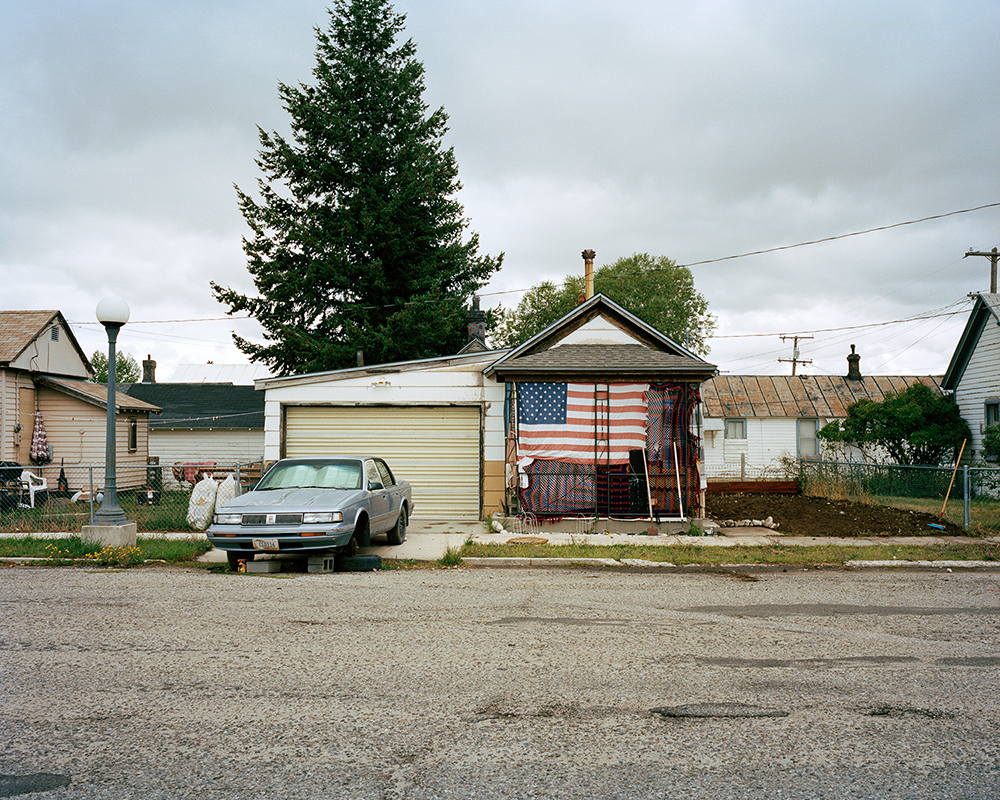

The Road from Eden
Our understandings of nature and wilderness are endlessly fascinating and deeply important. How we conceptualize and relate to our notions of the wild is profoundly informed by narratives far older than we are. These are narratives of gender, colonialism, ableism, and social mythology. It bodes well to look at the realities of our current remote and wilderness environments as the products of the mutually constitutive forces of settler colonialism, performative masculinity, extractive capital, and basic, class structures.
Our desire to dominate the wild, to use and abuse it for its resources is something that has been developed through age-old tropes of masculine enterprise and exploration, as well as the false ideologies of infinite scalability, central to late-stage capitalism. Conversely, in our tendency to romanticize nature we assign it female characteristics. Mother Earth; giving, soft and kind, bountiful and fecund. Why these concepts rely on gendered understandings is another conversation itself. What we can ascertain, however, is that constructing a universal definition of the wilderness is nearly impossible and that the multiplicity and intersectional nature of these definitions determines access, scale, and socio-geography.
More than being strictly mythological, popular social and cultural constructs of nature are foundational in our daily understandings of our place, not only within our local communities and surrounding lands but also, the world at large. For example: what does it mean to be from the “heartland” of America compared to its coasts? How do urban, peri-urban, and rural peoples interact differently with naturals spaces? What could we learn from the values of stewardship found in innumerable, indigenous cultures around the world – especially when contrasted against the modalities of our globalist, extractive practices. Above all these avenues of inquiry seek to determine how our notions of the wild constitute both the existential boundaries of our own identities, as well as the actual geographies of our lived worlds.
Working from this understanding, The Road from Eden is a photographic observation of our relationship to the natural world. Started in 2019 and, at least for now, suspended by the pandemic, the series uses the road as a vehicle for interpreting the frames of visual narrative. The road itself is the great link that bisects and connects all wilderness spaces – it delineates our access and exposure, shaping communities and landscapes alike. By traveling along with it with non-specific goals, I hope to capture the impression of motion and discovery, as one would experience visiting these locations and sights.
The grain of these lived experiences demonstrates how our concepts and ideologies of the wild, resource extraction, industry, and the politics of freedom define how we view, shape, and alter the places we live in. By following numerous roads and highways across the latitude of Canada and the United States, I hope to provide a passing glance at the contrasts and realities of our shared world – one increasingly confronted with precarity and the threat of disaster.
When it becomes safe to do so again, I plan to continue my travels, paying greater attention to capturing portraits to accompany these landscapes in order to more clearly illustrate the human scale and presence within our discussion of nature.
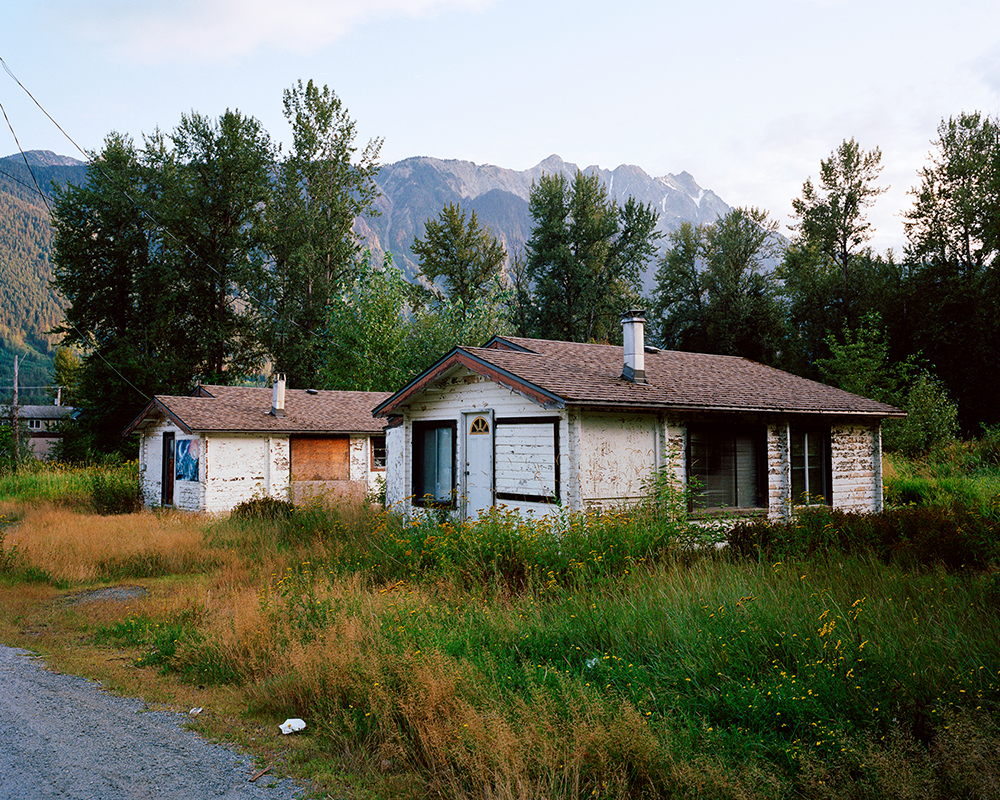

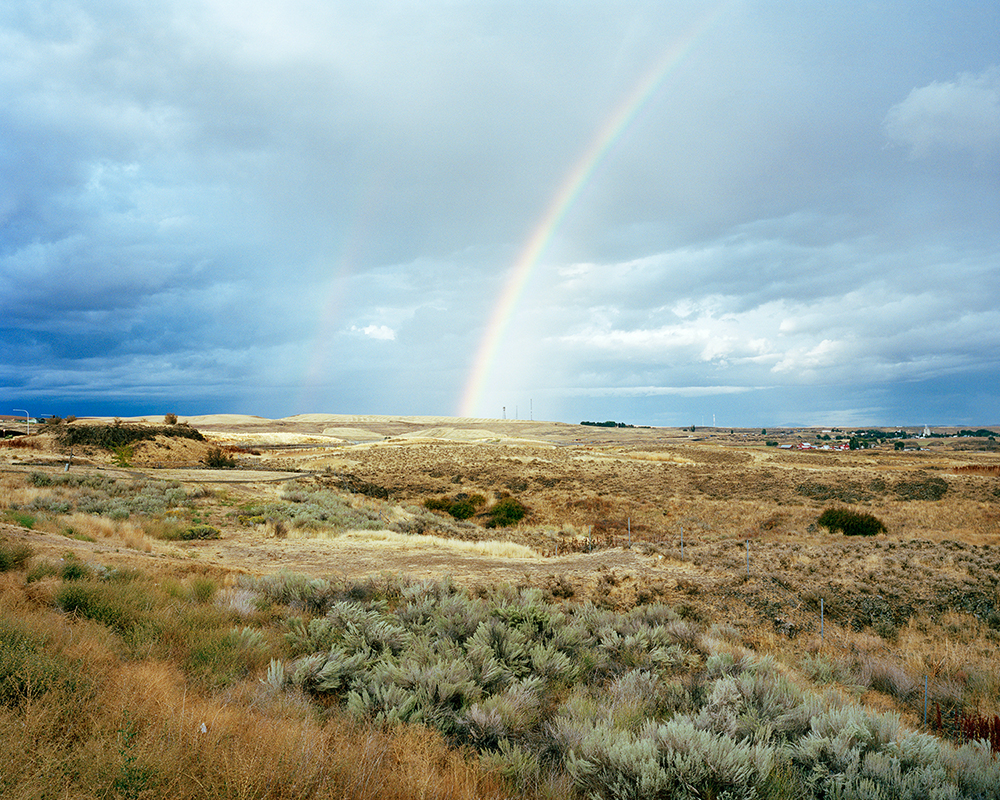
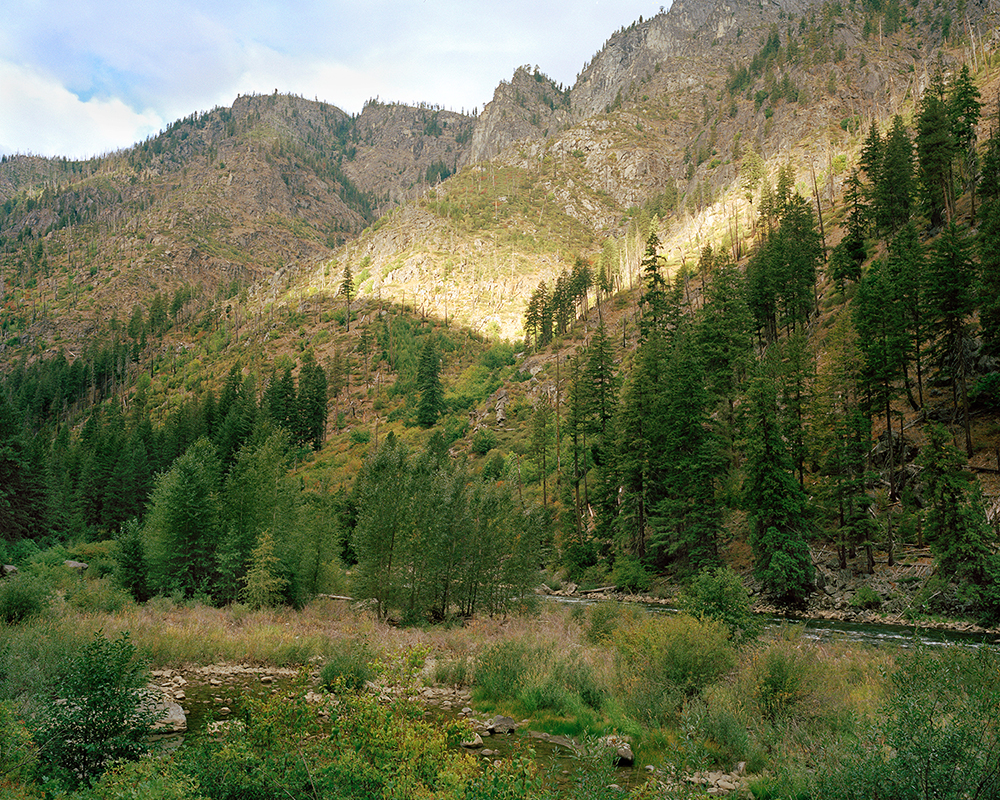

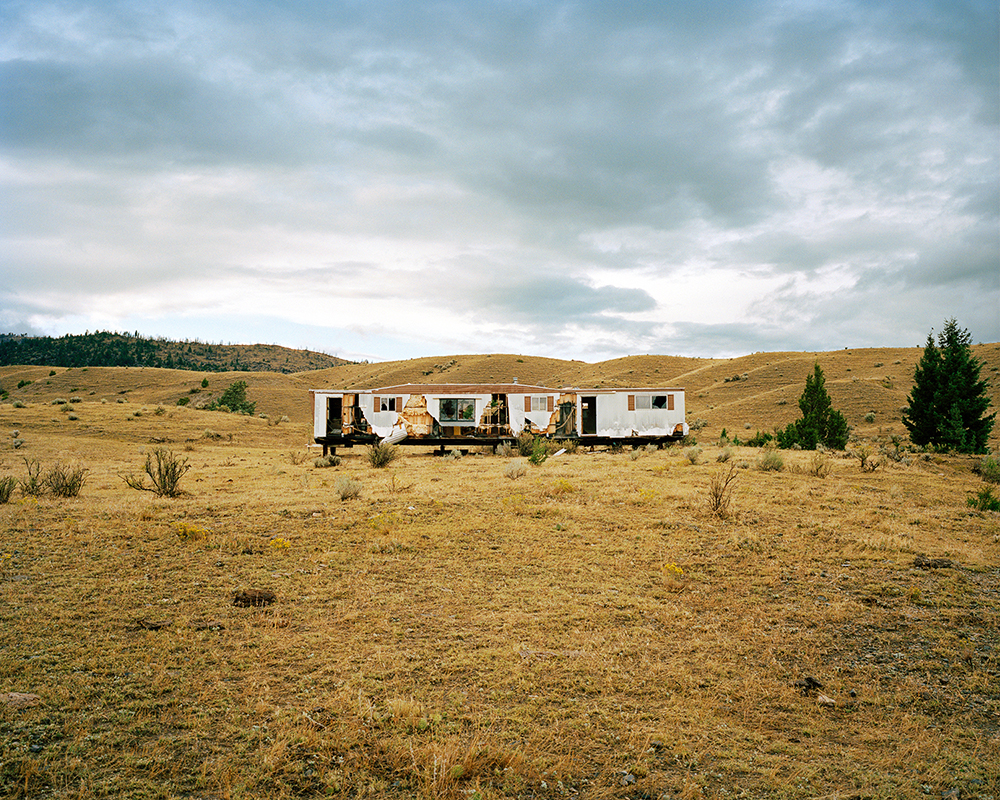


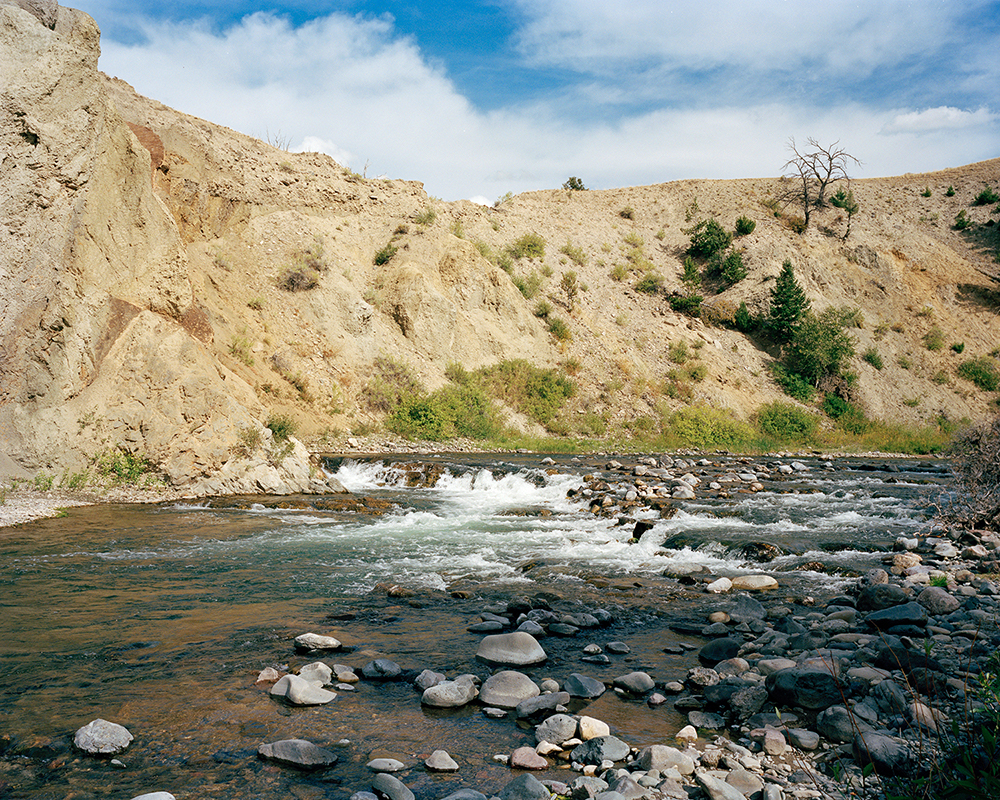

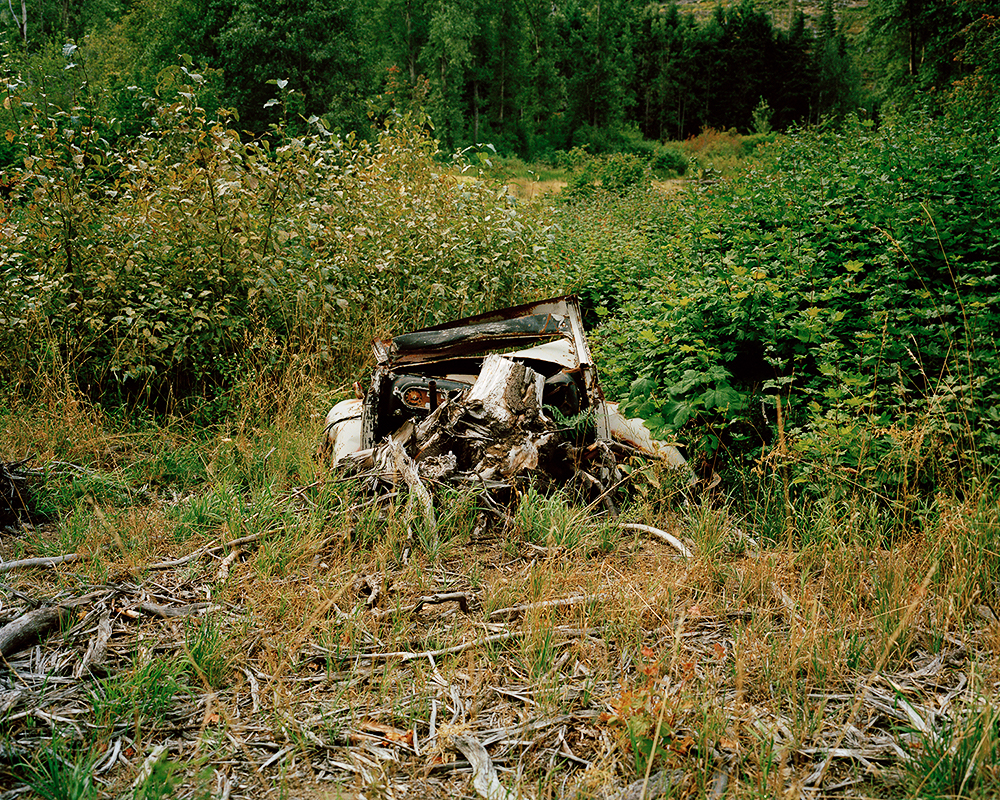

To view more of Ben Dickey’s work please visit his website.